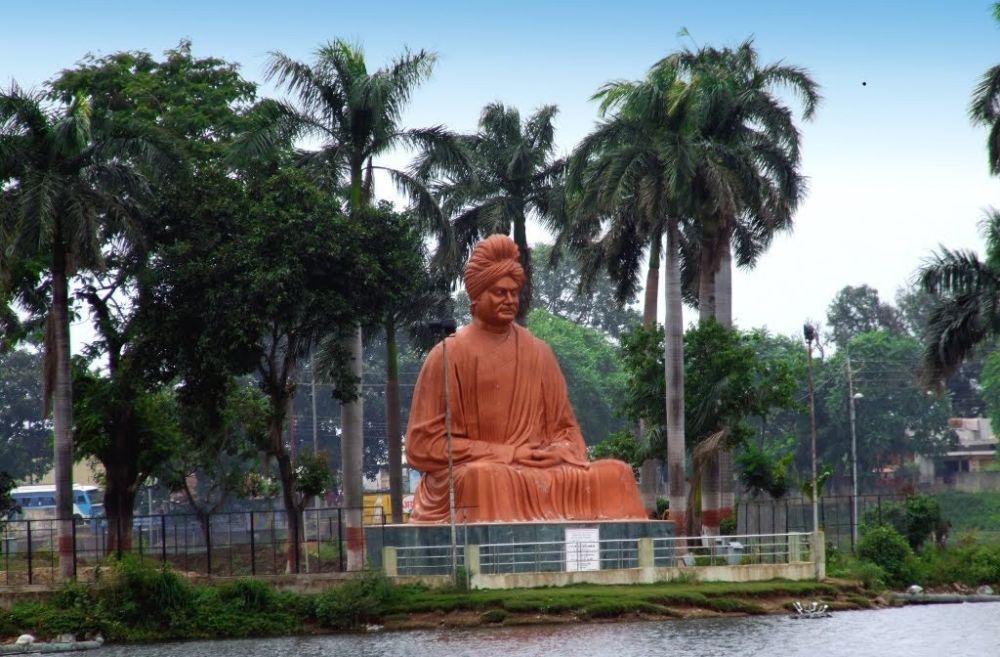

The history of tourism centered around Swami Vivekananda Sarovar, also known as Budhapara Lake, in Raipur, Chhattisgarh, India, is intrinsically linked to the cultural and historical significance of the region. As Raipur began to develop and modernize, the lake, which has been an integral part of the city's heritage, became a focal point for local recreation and tourism.
Budhapara Lake is believed to be around 1,000 years old, and its existence dates back to the Somavanshi Kings. Over the centuries, the lake has been a silent witness to various dynasties and rulers that have presided over the region. It was originally constructed for practical purposes, mainly water conservation and helping in agriculture, but over time it transcended its utility to become a landmark of Raipur.
The lake was named after Swami Vivekananda, one of the most revered spiritual leaders in India, as it is said that he stayed nearby during his visit to Raipur. The connection to such an influential figure attracted more visitors and piqued the interest of tourists who were interested in India's cultural and spiritual history.
The government and local authorities have made significant efforts to enhance the appeal of Budhapara Lake for tourists. Landscaping, the addition of walking tracks, boating facilities, and illumination of the lake during the evenings have made it a popular spot for locals and visitors alike. Furthermore, the installation of a towering statue of Swami Vivekananda on the lake premises has cemented its status as a site of pilgrimage and tourism.
Another key driver of tourism around the Swami Vivekananda Sarovar is the organization of numerous events and festivities throughout the year. These include cultural programs, food festivals, and various competitions, transforming the lake into a vibrant communal space that attracts tourists from all over the country.
In recent years, there has been a trend towards eco-friendly and sustainable tourism practices in and around Swami Vivekananda Sarovar. The emphasis is on maintaining the natural beauty of the lake while providing recreational activities. The integration of digital technology for promoting tourism, offering virtual tours, and providing online information about the lake's history and significance are part of evolving tourism trends in the region.
The Chhattisgarh Tourism Board has played an indispensable role in promoting Swami Vivekananda Sarovar as a tourism destination. Strategic marketing campaigns highlighting the serenity of the lake and its cultural importance, coupled with investments in infrastructure, have incrementally boosted tourist footfall.
In summary, the history of tourism at Swami Vivekananda Sarovar in Raipur is an amalgamation of the area's deep historical roots, cultural significance, continuous development efforts, and a commitment to sustainable tourism. It remains one of the prime spots in Raipur that encapsulates the essence of Chhattisgarh's historical and contemporary allure.